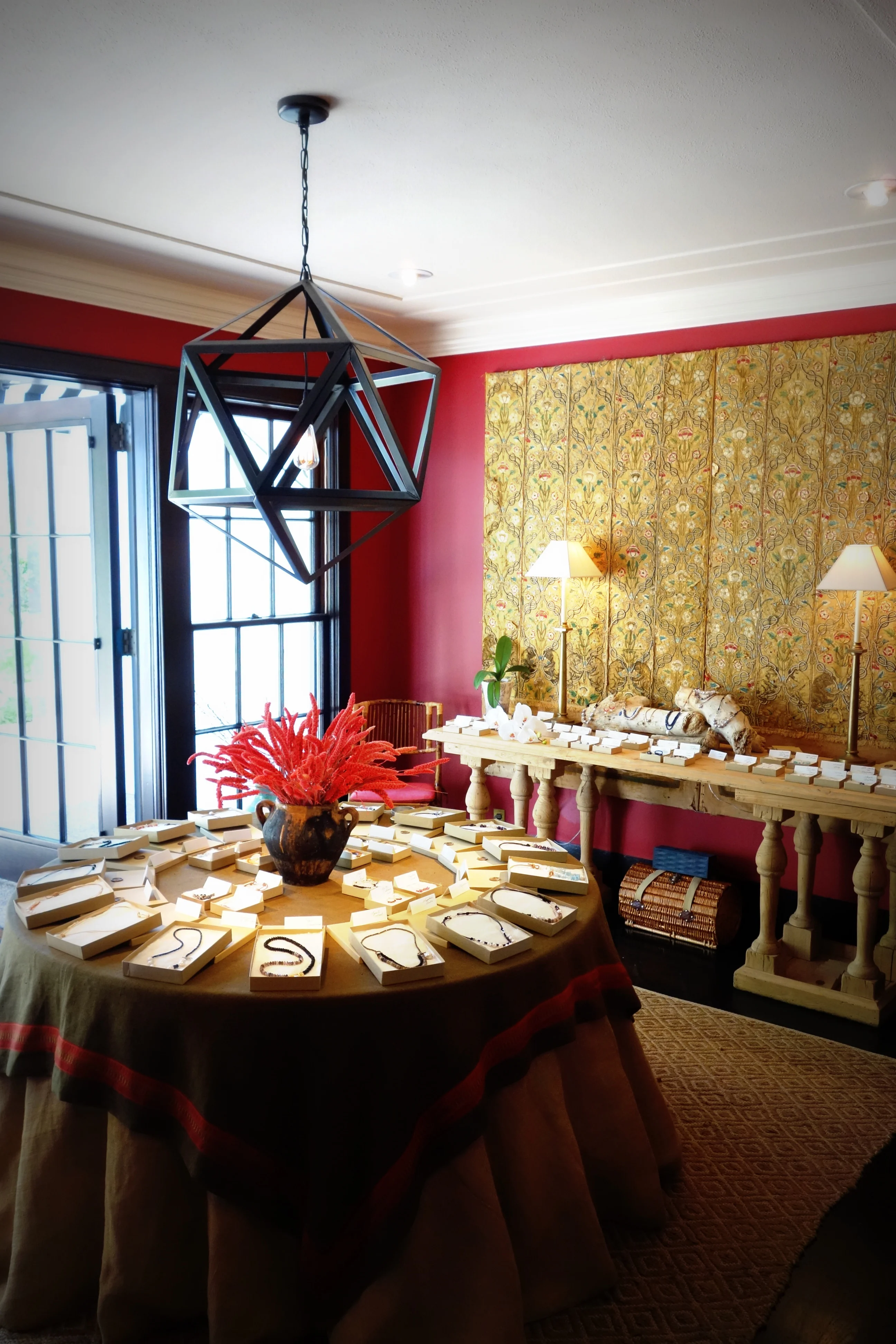I love Sterling silver because, of all the precious metals, it is the brightest. Pure silver, or 999 silver is, in fact, 99.9% silver and .1% another metal. It is too soft to produce which is why there is a higher content of metal in silver jewelry, tabletop and home accessories.
You have all seen the 925 stamp, which denotes that the item is fabricated with 92.5% silver and 7.5% of another metal, usually copper. Although the 925 stamp is the most commonly used, there are many stamps worldwide, referred to as a hallmarks, which denote the percentage of silver in the alloy, and not always do they incorporate a number:
The highest standard of silver, Britannia silver, is an alloy composed of 95.8% silver which carries its own hallmark. A serious collector needs to know what to look for as silver hallmarks have evolved over the centuries and can be quite elaborate.
Introducing Argentium
Got to love the Brits for raising the bar on the highest international standard. Twenty four years ago, Peter Johns, a silversmith professor at Middlesex University, decided to do just that, by mixing germanium to the silver. Argentium is 96% silver, barely higher than Britannia silver, but more importantly, germanium thrives on oxygen so it migrates to the surface to chemically bond with it.
The result is a protective coating that is highly tarnish resistant, thus requiring less maintenance than Sterling. In fact, when properly stored, it will remain tarnish free. For the silversmith, it means that there is very little firescale, a layer of oxides that forms on the surface of metal when a blacksmith heats a tool, which is challenging to remove and involves chemicals which can be toxic. I have had to use my share of unpleasant chemicals to remove firescale and have disposed of much silver in the soldering process.
Silver plating or any silver less than 925 is not durable, nor will it have the beautiful bright quality that 925 silver or higher has. In the last decade, Argentium has caught the interest of silversmiths in the US and while it is not common, I have scoured the market to incorporate the most beautiful Argentium clasps in my pieces:
As a side note, I love languages, my husband is from Rome and I studied Italian at UCLA. In Italian, the word for silver is argento, which stems from the latin argentum. And so, I find it interesting that this British discovery is simply called “silver”!
Stay tuned for my next post: “Searching for the Perfect Pearl."










































